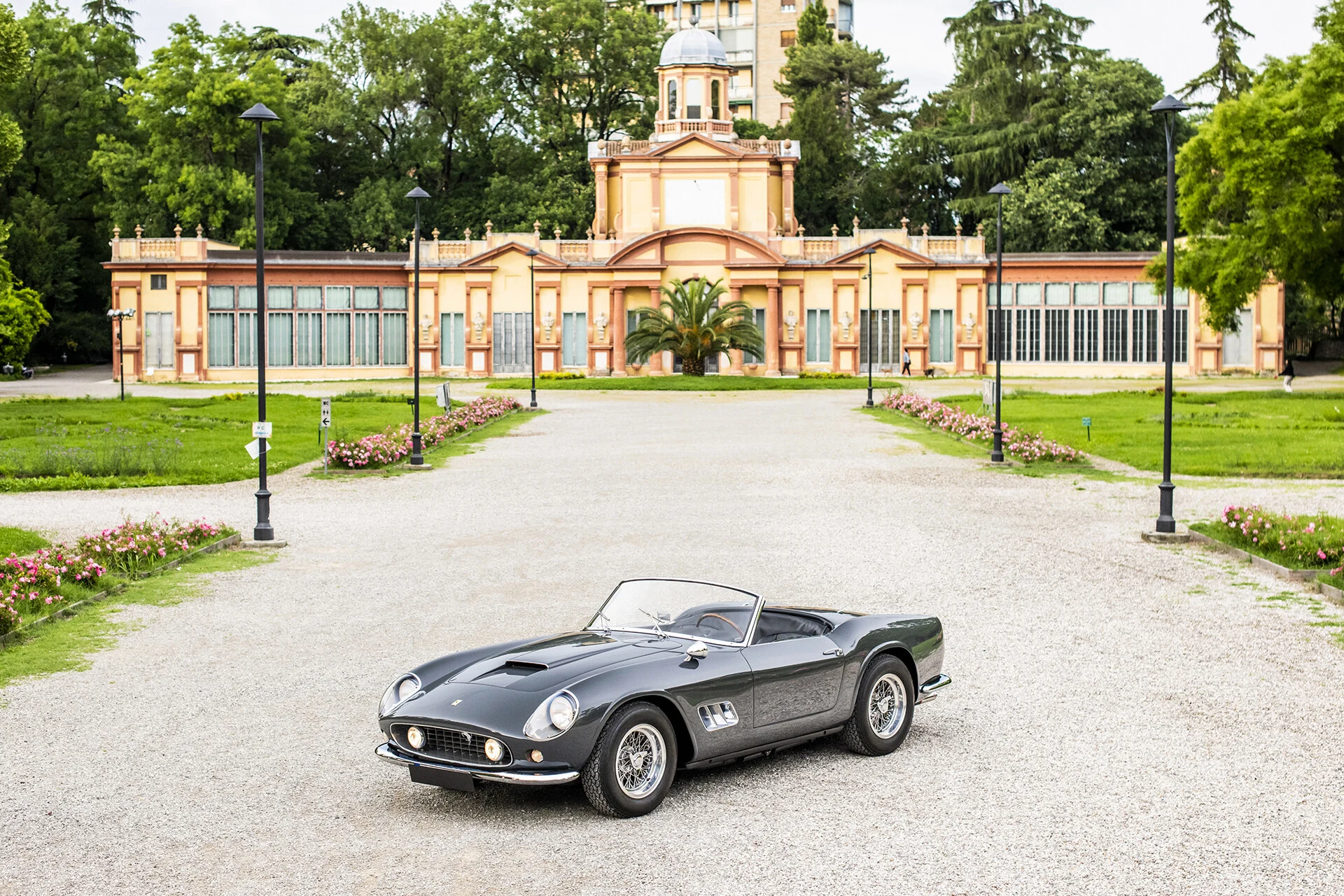RM Sotheby’s in London: Tradition Pays Off
09 November 2024 12 min read 9 images

Photo credit: RM Sotheby's
The historic RM Sotheby's auction in Europe held steady, improving upon many of last year's numbers. The sales percentage rose from 70.97% to 83.33%, with 50 of 60 cars sold compared to 44 of 62 last year. Revenue surged from £13,469,000 to £17,435,275, one of the best results ever. The estimated value increased significantly from £21,138,000 to £29,945,000, keeping the success rate around 60%. The average price per car also rose from £306,114 to £348,706, with the "no reserve" percentage stable at around 40%.
Register to unlock this article
Signing up is free and gives you access to hundreds of articles and additional benefits. See what’s included in your free membership. See what's included in your free membership.
Already have an account? Log In


